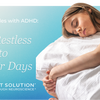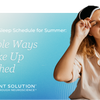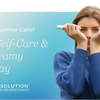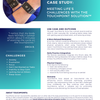How Can I Get My ADHD Child to Sleep? Practical Answers For Parents
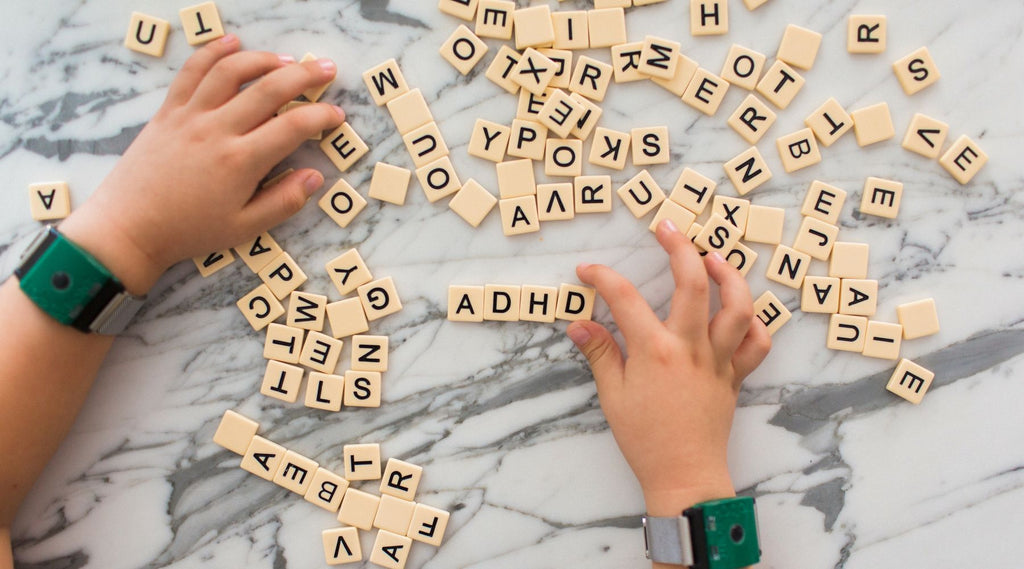
Did you know that 25-50% of children with ADHD experience significant sleep problems? Problems falling asleep and staying asleep effect millions of children and when the kids don’t sleep, often parents don’t sleep and this affects the entire family. Even one night of poor sleep can negatively affect mood, academic performance, and even intellectual ability. Unfortunately, for many kids with ADHD, sleep problems are chronic, and parents are exhausted trying to find answers. Children with ADHD are 2-3 times more likely to have sleep problems than children without the diagnosis. So how can parents make sure their school-aged children get the 9-12 hours of recommended nightly sleep for optimum health and well-being?
Because parents often want natural treatments for sleep rather than being prescribed another pill, here are neuropsychologist Dr. Amy Serin’s top answers to help get your ADHD child to sleep.
- Use a non-invasive sleep hack 5-10 minutes before bedtime. The micro-vibrations from bi-lateral alternating stimulation (BLAST) technology in TouchPoints can be one solution to help children fall asleep naturally without struggle. “We know that the body needs to be calm in order for sleep to occur” says Dr. Amy Serin. “Many kids and adults can’t get into the right state and they end up lying awake, tossing and turning, struggling to sleep. And even one night of poor sleep can hurt performance, intellectual ability, and mood.”
- Parents all around the globe are now using TouchPoints to help their children ease into sleep. TouchPoints can introduce a state of calm without the wearer having to do anything like think about their stresses or try to go to sleep. Using TouchPoints original on the sleep setting or TouchPoints basic on the slow setting for 5-15 minutes before bedtime can ease someone into sleep naturally.
- Eliminate or limit caffeine. Ever wonder why Grandma can have a cup of coffee before bed but give a 10-year-old a Dr. Pepper at noon and they are wired until midnight? Caffeine acts as a stimulant drug in people’s bodies and how long it lasts is largely dependent on someone’s age. Kids are especially susceptible to sleep problems after caffeine, even if they have it early in the day. Want to see how much caffeine is in popular drinks? Check out caffeine informer (add link). The results may surprise you. Even a small amount of caffeine can make a big difference, so pay attention and don’t forget about hidden caffeine in foods like chocolate.
- Stick to a consistent bedtime and nightly routine. Everyone has an internal biological rhythm that dictates sleep and wake cycles called a circadian rhythm. Our bodies are meant to be asleep at around the same time each night. Use sleep reminders on your phone or set other reminders to start the nighttime process and engage in calming activities before bedtime.
- Heat up and cool down. Some research shows a shower or bath that starts of hot and ends warm or cool before sleep can help because heating your body and allowing it to cool mimics the natural temperature drops at night that signal for more natural melatonin production within the body. This may be partially why kids who get exercise during the daytime might sleep better the same night as well.
- Pay attention to lights and screens before bedtime. Many people think if they simply dim their phone or computer screen it won’t adversely affect sleep. While this may help with eye degeneration later in life, unfortunately the blue wavelength of light in overhead lighting and lamps is enough to confuse the brain into thinking it’s daytime and suppress melatonin production. So unless you can filter out most of the blue light, the rule is no screens, and dim lighting.
- Ditch the nightlight. Darkness is conducive to sleep and even dim lights can create problems. Sleeping with a nightlight on can confuse the brain into thinking it’s daytime and interrupt circadian rhythms. If your child is afraid of the dark then calm his fears with TouchPoints so he can tolerate sleeping in the dark.
- Tone down the hyperactive exercise before bed. Some kids with ADHD crash at night, and others get a “second wind” and a burst of energy and activity. If they are too active, this further prohibits easy onset of sleep. Preliminary studies show a reduction in hyperactivity with TouchPoints, so using them on the calm setting 30 minutes before bedtime if a child is hyperactive can help tremendously.
- Tone down the sensory environment in the house. If you are watching TV in another room, turn it down so your child can’t hear it. Don’t have loud conversations with your partner or on the phone if they can hear. Have other siblings be quiet, dim lights, and create a calm atmosphere at least 30 minutes before bedtime to help your child start to wind down.
- Create a calming bedtime routine. Talking softly, listening to calming music, using aromatherapy, reading a book, using progressive muscle relaxation and breathing techniques can all help prepare the body for sleep.
- Pay attention to content of conversations and TV. Watching or talking about upsetting things before bedtime can trigger the autonomic nervous system to set off the stress response and make going to sleep and getting a peaceful night’s sleep difficult. Don’t watch upsetting news, crime shows, or distressing content before bedtime. Often the last thing your child sees or does before bed is what she might dream about and remember most.
- Take care of your own stress. We all have mirror neurons that pick up on others’ stress and emotions without our awareness. So bottom line is if you are stressed, your child can get stressed. Having a hard time calming down? Use TouchPoints to help you be calm and that calm can extend to the whole family.
Getting your child with ADHD to sleep doesn’t have to be a struggle. We hope these tips were helpful. For case studies about how TouchPoints help kids and adults sleep, visit our website at ilovetouchpoints.com. Got TouchPoints already? We would love to hear your success story about how TouchPoints are changing your life.
http://www.chadd.org/Portals/0/Content/CHADD/NRC/Factsheets/sleep.pdf
http://www.chadd.org/Portals/0/Content/CHADD/NRC/Factsheets/sleep.pdf
Reference links:
https://www.caffeineinformer.com/
https://www.additudemag.com/adhd-sleep-disturbances-symptoms/
https://sleepfoundation.org/sleep-disorders-problems/adhd-and-sleep
http://www.chadd.org/Understanding-ADHD/About-ADHD/Coexisting-Conditions/ADHD-Sleep-and-Sleep-Disorders.aspx
https://www.everydayhealth.com/add-adhd/sleep-tips-for-adhd-kids.aspx
https://www.babysleepsite.com/adhd/adhd-and-sleep/
https://www.understood.org/en/learning-attention-issues/child-learning-disabilities/add-adhd/how-adhd-affects-kids-sleep-and-what-you-can-do
